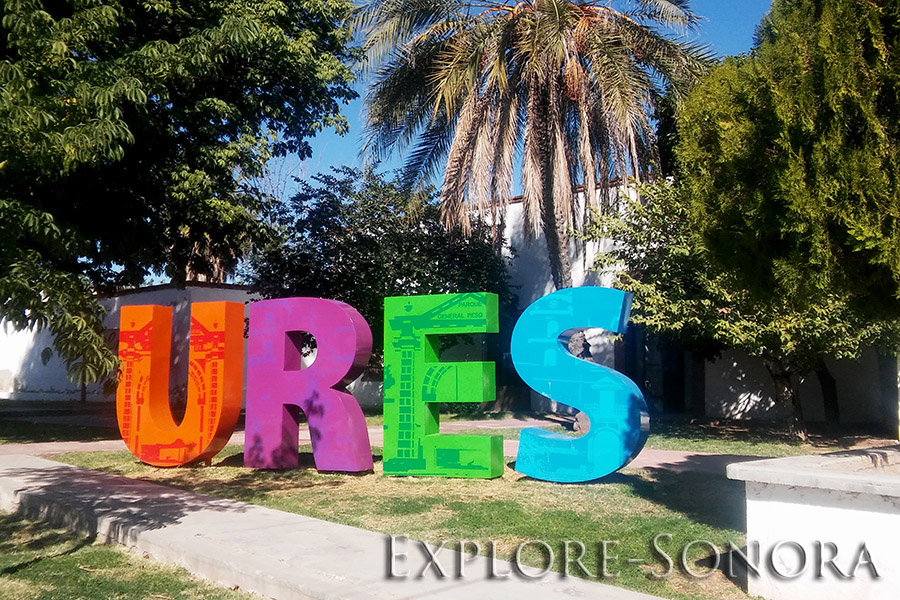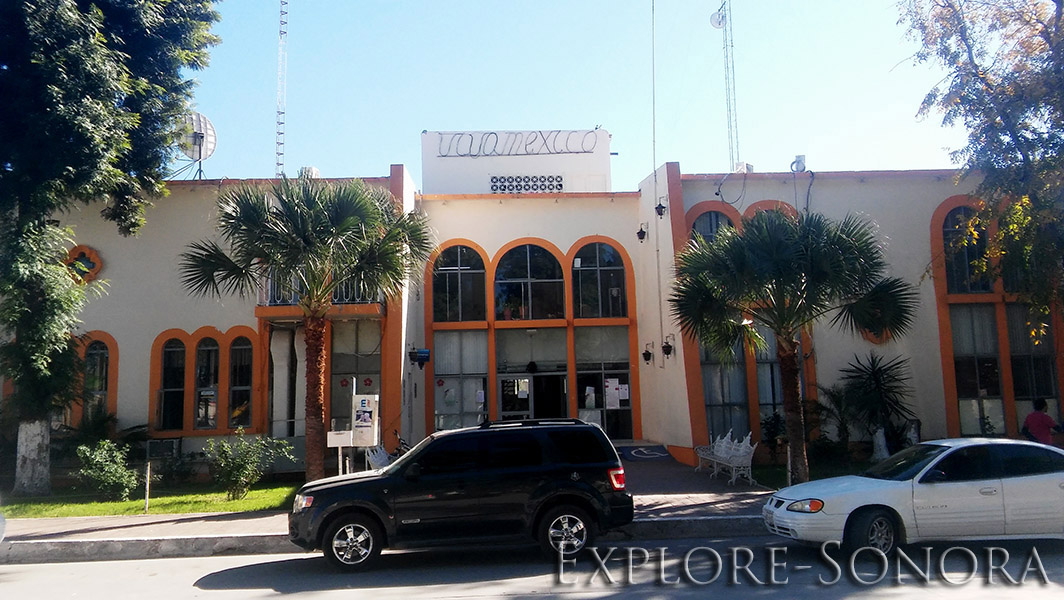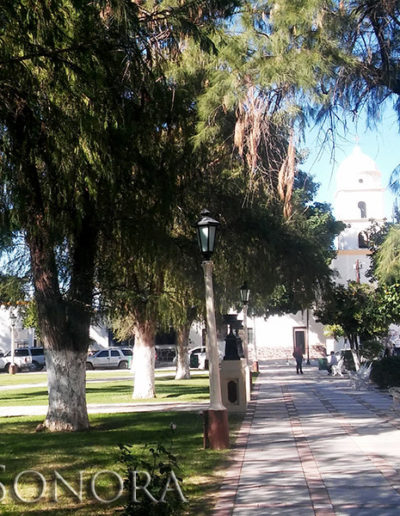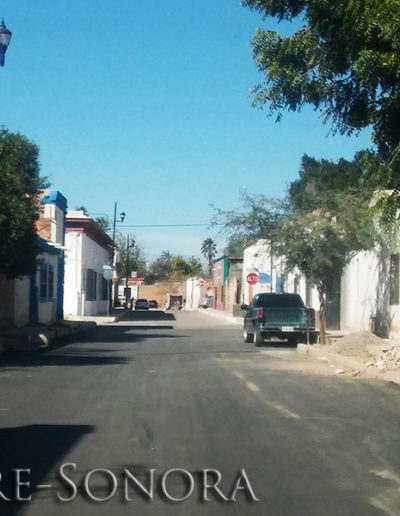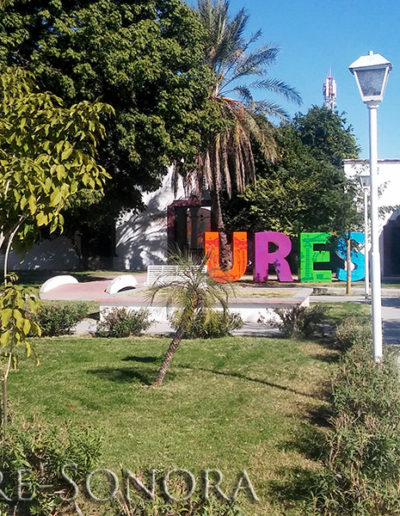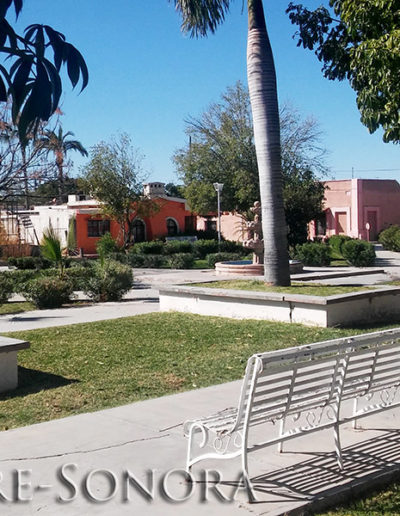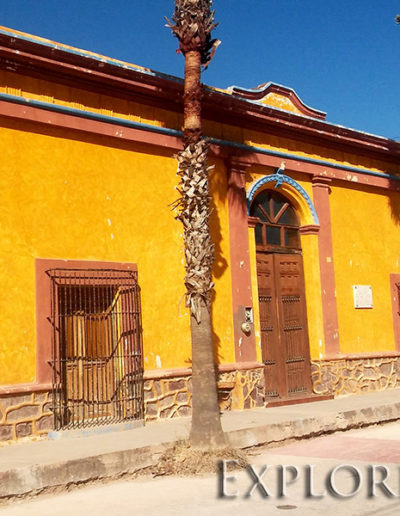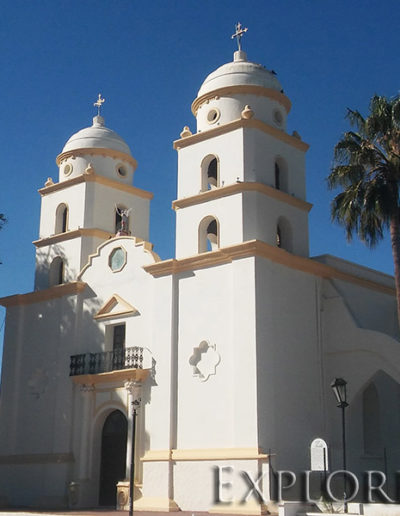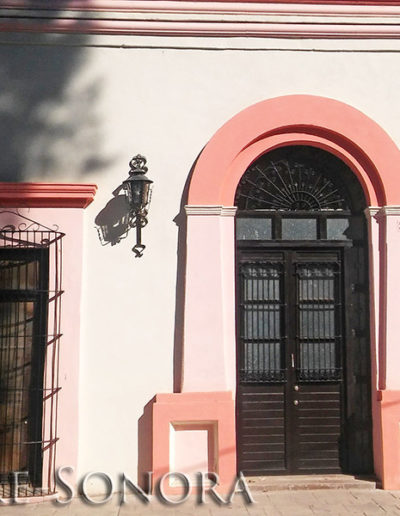Ures, Sonora, Mexico
The city of Ures, Sonora was founded as a mission in 1644 by Jesuit Missionary Francisco Paris, who christened it as San Miguel de Ures, a name it held until 1665. The city is also the administrative seat of the municipality (a political unit similar to a county in the United States) having the same name. The word “Ures” is from the language of the native Opata people, and it means “savage, or mountain cat.”
Ures was the capital of the state of Sonora three times: First in 1823 for one year, before Sonora was merged into the Estado Occidente; from 1838 (when it first became a city) to 1842; and again from 1847 to 1879. The municipality had a 2010 population of approximately 8,420 residents, and 3,900 of them lived in the city of Ures. Other towns in the municipality of Ures include Guadalupe de Ures, Pueblo de Alamos, El Sauz, La Estancia, Santa Rosalia, San Rafael and San Pedro.
In 1998 the Sonora legislature bestowed the City of Ures with the honor of being a heroic city (Heroica Ures) to recognize the defense of the city against imperialists.
The municipality of Ures adjoins the foothills and mountains at the edge of the Sierra Madre Oeste (Western Sierra Madre), and the city’s elevation is 1378 feet (420 meters) above sea level. It is also the location of the Sonora River basin, which is also fed from local rivers and runoff from washes, making the city of Ures the southernmost city in the Route of the Rio Sonora.
There are several interesting places to visit in Ures, and you can see many of them by parking your vehicle two or three blocks north of highway 14 in the downtown area and walking around. They include: Plaza Zaragoza; San Miguel Archangel Cathedral; The palacio municipal; The house of General Pesqueira; and the Museo Regional y Casa de la Cultura de Ures.
Of late, Ures has also established itself as a destination for culinary tourism, featuring a variety of Mexican traditional dishes like tamales and posole stew, regional favorites like panocha (sugar cane pudding) and coyotas, and various flavors and varieties of locally made jamoncillo, a Mexican sweet confectionary candy made from cane sugar and evaporated milk.
Rio Sonora
Aconchi
Arizpe
Bacoachi
Banamichi
Baviacora
Cananea
Chinapa
Huepac
San Felipe de Jesus
Ures
Border Region
Coastal Sonora
Northern Sonora
Central Sonora
Southern Sonora

